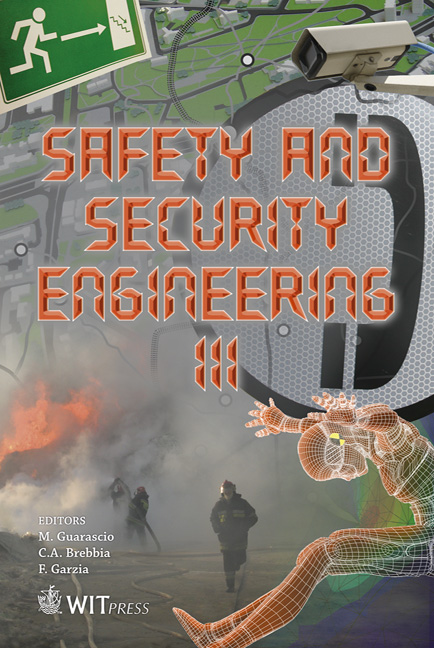A Simulation Model For Bioterrorism Preparedness In Urban Areas
Price
Free (open access)
Transaction
Volume
108
Pages
11
Page Range
281 - 291
Published
2009
Size
727 kb
Paper DOI
10.2495/SAFE090271
Copyright
WIT Press
Author(s)
W. C. Degnan, E. I. Kaisar & J. W. Schokkin
Abstract
With the ever increased security throughout the world’s countries, terrorists have begun to find new ways to inflict fear upon the masses. One such method is the use of a bioterrorist attack, otherwise known as bioterrorism. Bioterrorism is the intentional release of biological agents, such as bacteria, viruses, and toxins. These agents are able to be spread through the air, the water supply, or even the food supply. One feared agent that could be released is the smallpox virus. This is a potentially deadly disease that can take several days to detect. The reason that a bioterrorist attack would be successful throughout the world is because it is virtually undetectable. There is no technology today that can determine if someone is carrying a biological agent. A well devised attack plan is the only way to counter a bioterrorist attack. This is done by the use of computer simulation software. Traffic simulation software can be used to map and plan evacuation routes in a large city (urban area). The spread pattern of a released agent can also be determined with the help of software. An important aspect to simulate this scenario would be the influx of people entering the hospitals and emergency centers. A good plan needs to be devised to determine where to put the sick people getting treatment, and where to put the people who could be potentially sick but are not showing any symptoms. Simulation software would allow agencies to develop a plan beforehand so that in the event of an attack they will be ready and mass casualties would be avoided. Keywords: traffic simulation, urban areas, bioterrorism, planning, response, emergency centers.
Keywords
traffic simulation, urban areas, bioterrorism, planning, response, emergency centers





